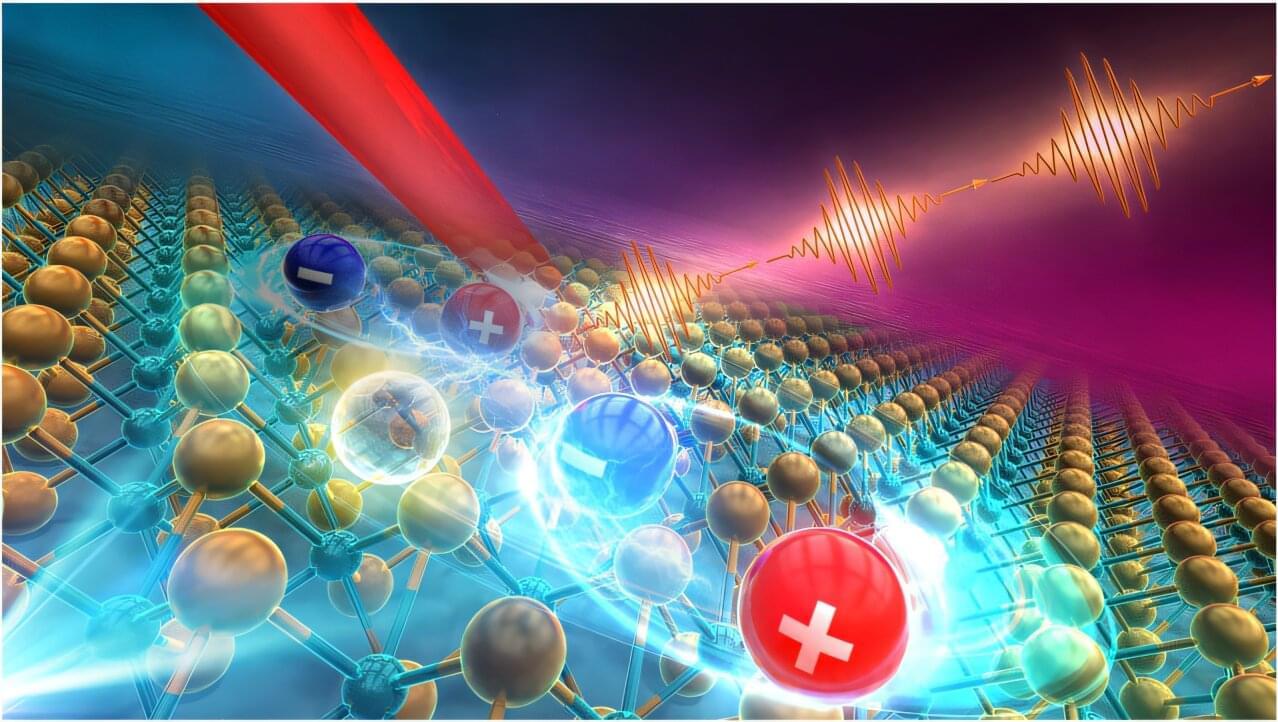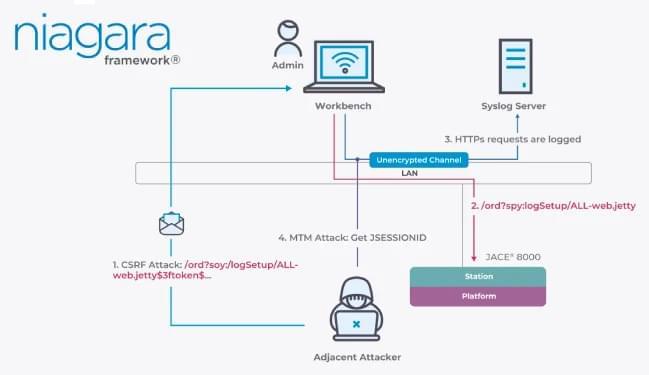Normally, materials expand when heated. Higher temperatures cause atoms to vibrate, bounce around and take up a larger volume. However, for one specific phase of plutonium—called delta-plutonium—the opposite inexplicably occurs: it shrinks above room temperature.
As part of its national security mission, Lawrence Livermore National Laboratory (LLNL) aims to predict the behavior of plutonium in all of its phases. Unraveling the mystery behind delta-plutonium’s abnormal behavior at high temperatures is an important piece of the picture.
In a new study, published in Reports on Progress in Physics, researchers from LLNL demonstrate a model that can reproduce and explain delta-plutonium’s thermal behavior and unusual properties. The model calculates the material’s free energy, a quantity that reflects the amount of available or useful energy in a system.









